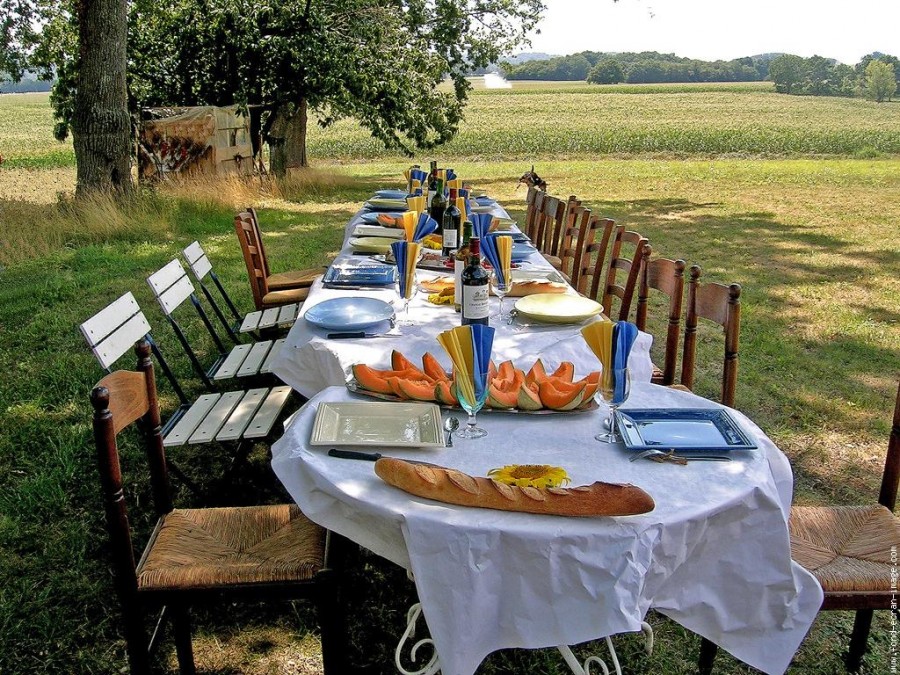Although the many celebrations of motherhood that took place around the world over thousands of years, the modern Mother’s Day was first celebrated in the US, when it became a recognized holiday in 1914 thanks to the hard work of the pioneering women of their times, Ms Julia Ward Howe and Ms Anna Jarvis.
Around 1870, Julia Ward Howe called for Mother’s Day to be celebrated each year to encourage pacifism and disarmament amongst women.
Then, in 1907 Anna Jarvis started to organize the so-called “Mother’s Day Work Clubs”, advocating for Mother’s Day to be widely recognized.
The effort was later supported by the Andrew’s Methodist Episcopal Church in Grafton, West Virginia, where a Mother’s Day event was attended by hundreds of children and their mothers.
The church has now become the International Mother’s Day Shrine. It is a tribute to all mothers and has been designated as a National Historic Landmark.
After being fully established in the US, the holiday was then adopted by several countries although leaning on different meanings or associated with different events (religious, historical or legendary), and celebrated on different dates to fit already existing celebrations.
As in the United States, Mother’s Day is celebrated in Italy on the second Sunday of May and is seen as an important day when families traditionally come together to celebrate and look after their mothers. And it could have not been any different considering the well-known important role mothers play in the Italian culture.
In the Bel Paese Mother’s Day, in its present form, was celebrated for the first time on May 12, 1957, in the medieval town of Assisi thanks to the initiative of a priest, Otello Migliosi.
The celebration was so successful that the following year Mother’s Day was adopted throughout the whole country. At the end of 1958 the Parliament officially recognized the holiday.
Although the official recognition is relatively fresh, like most of the holidays in Italy, the feast linked back to the Roman Empire, when a whole weekend of celebrations was held in May to celebrate the goddess Juno, the Roman goddess of marriage and motherhood.
With the coming of Christianity, the tradition evolved into a religious festival when the ‘mother’ started to be associated to Mary, venerated as the ultimate expression of motherhood.
Today, Mother’s day has become a commercially successful holiday in many parts of the world but still retains the feeling of a simple celebration in Italy with children giving home-made gifts, cards, letters and flowers.






























